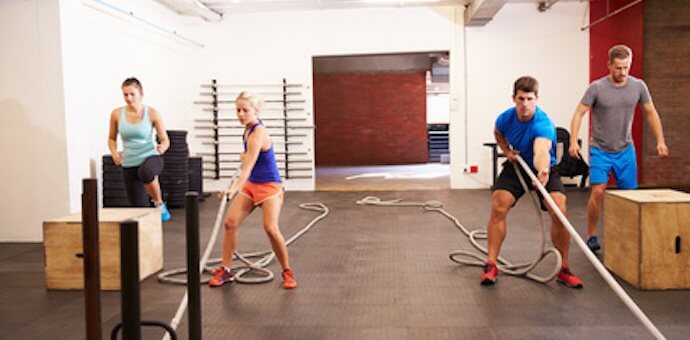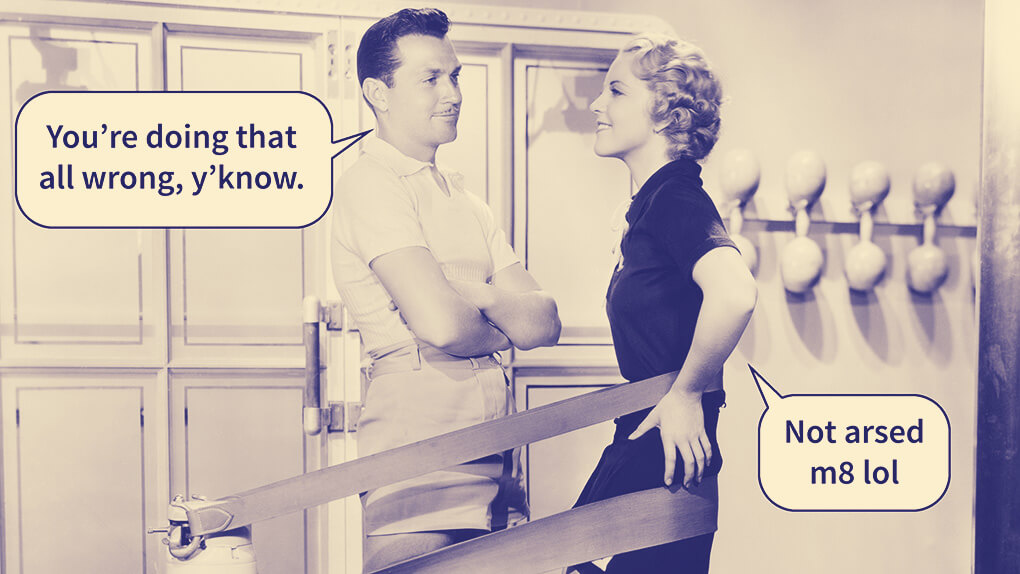Ever wondered what kind of workouts we do? Well the answer is we do all of the workouts we ask you to do! Otherwise how would we know what to ask of you and where the difficult sections were and how to coach you through and design a balanced program?
This Brighton personal training session is designed for intermediates. It should take you about 45mins and some of the exercises use a weight (ball, kettlebell or dumbell), you should be able to perform this at home, in a park or your gym.
The session is split into 3 x 15 minute sections. Each section contains 5 exercises. You should aim to complete each exercise 10 times each side (ie split jacks) or 20 time if using both sides of your body together (ie a box jump). You must not rest between exercises and when you get to the end of the first 5 you rest for up to 60 seconds before repeating 4 more times. That will be the end of the first section and you may rest for up to 3 minutes before repeating the same format for the second and third section.
This is a fast paced session, each exercise must be performed with the focus on form, power and speed with the goal of keeping your heart rate as high as you can for as long as you can whilst maintaining form.
The explosive exercises (tucks, jacks, jumps, squats and thrusts) are very important to make sure you are really jumping/pushing hard and fast in combination. These are the plyometric sections of the workout and improve the power capacity of your muscles in a slightly different way to some of the pure strength based ones.
This workout can be repeated as often as you like. Remember not to train on sore muscles. You will develop lean muscle and burn excess fat very effectively training like this, but remember even as personal trainers doing these sessions we don’t rely on just one type of training and we mix these sessions up with running in Brighton and Hove, pure strength training and training specifically for the sports we play and recommend that you do the same. Watch this blog for more training sessions.
Click on the photo below for a link to a bigger image you can print out if you like.
Let us know how it goes….any questions, get in touch.








